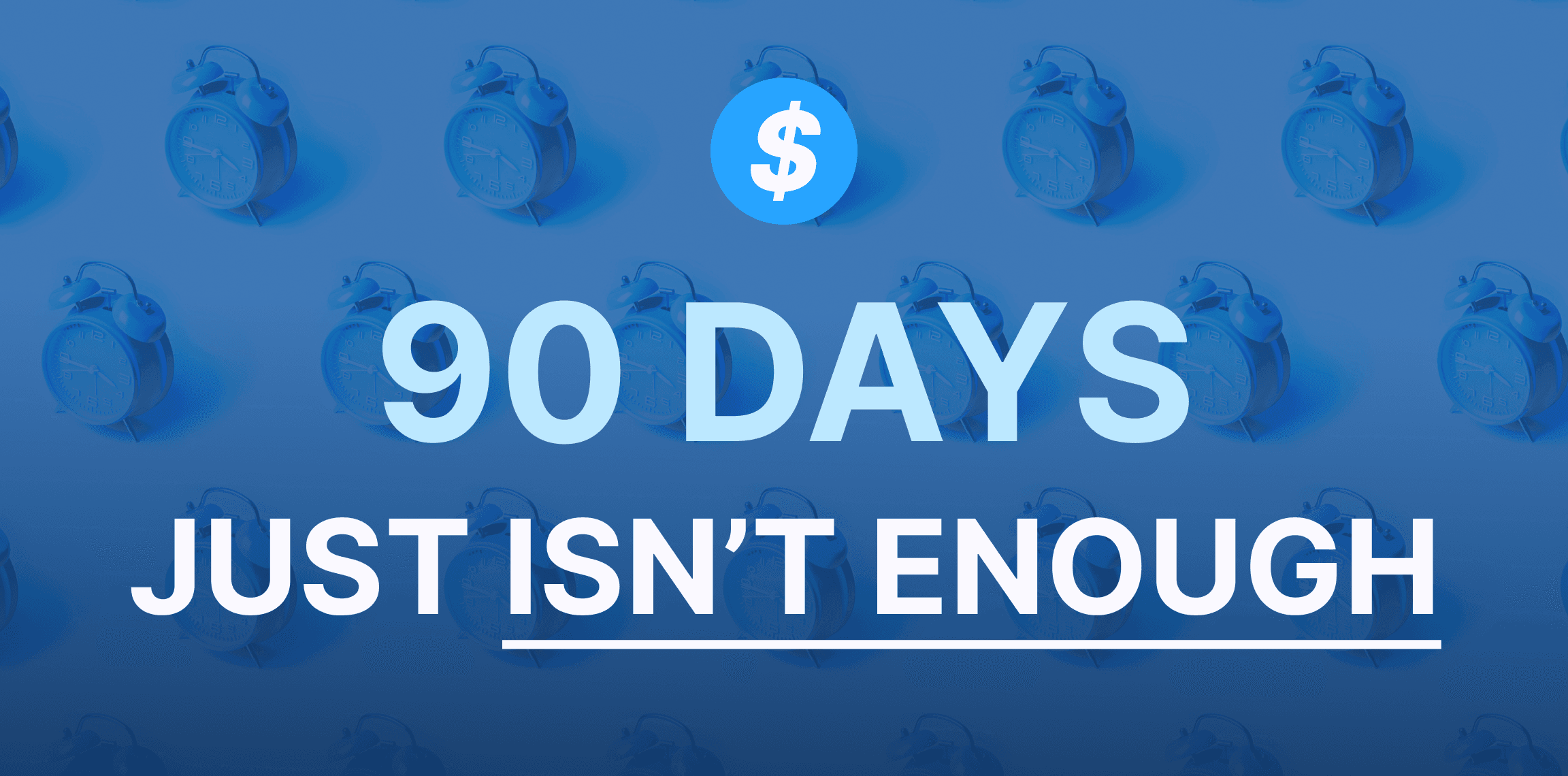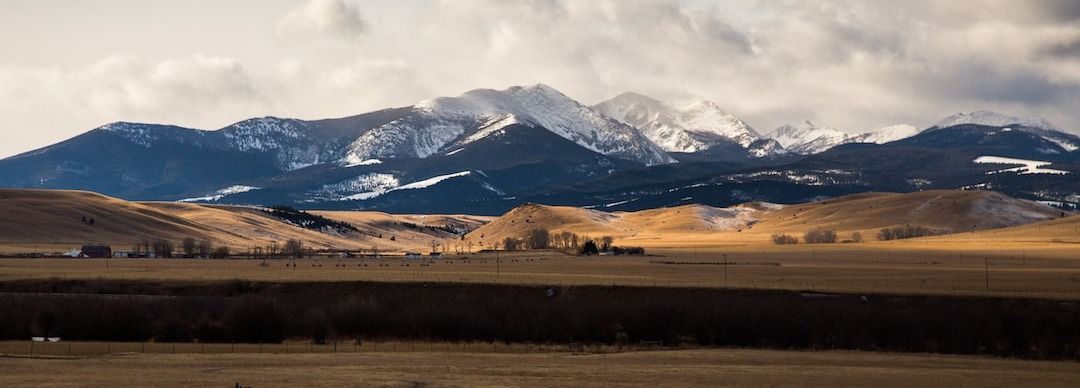Think you can complete your BEAD application in 90 days? Think again.
January 18, 2024
If you're waiting for your state's application, you'll be too late.

Don’t get NOFO FOMO. Join the broadband grants community to stay informed. And you can get a head start on your competition: pre-enroll in broadband.money’s grant applicant R&D portal today.
Soon, the Biden administration is expected to formally ask states and territories to explain how they will organize their grant-issuing process for federal broadband funding.
The milestone has been highly anticipated as the kickoff for the process of dispensing more than $46 billion in broadband, middle mile and digital equity grants.
The National Telecommunications and Information Administration of the U.S. Commerce Department is expected to publish its Notice of Funding Opportunity (NOFO). Congress authorized the funding through the broadband section of the Infrastructure, Investment, and Jobs Act last November.
The specific tranche of funding initiated by the NOFO is from the law’s Broadband Equity, Access and Deployment (BEAD) program, the core infrastructure program. Additional tranches of funding under the Middle Mile Broadband Infrastructure Program and the Digital Equity Planning Grant programs are expected to be shortly forthcoming.
Friday’s NOFO issuance will mark the first of three phases of funding. States, territories, the District of Columbia, and Puerto Rico can access the initial $5 million for planning purposes. This includes staffing up broadband offices, funding outreach and local coordination efforts with all local stakeholders.
In IIJA, Congress clearly empowered local communities to make their own decisions about how to fund programs that will help people get online.
To that end, the IIJA directed NTIA to ensure that state administrators coordinate with local governments and anchor institutions to scope out their needs. When state broadband offices or other entities respond to the NTIA’s BEAD NOFO they will have to demonstrate that they’ve coordinated with local entities.
Additionally, the NTIA’s January request for comments mentions local coordination efforts several times.
The agency asked the public for feedback on many aspects of local coordination.
“The Bipartisan Infrastructure Law also requires states and territories to coordinate with local governments and other political subdivisions in developing State Digital Equity Plans.
“What steps should states take to fulfill this mandate? How should NTIA assess whether a state has engaged in adequate coordination with its political subdivisions?” the agency asked in its January notice.
The agency also asked how it could achieve the IIJA’s goal of including a more diverse mix of internet service providers in the grant recipient mix.
Obtaining a diverse mix of service providers will be a highly anticipated theme insofar as 17 states still preempt local governments from providing internet services. One big question: How the Biden administration will treat grant funding to these 17 states.
In its request for comments, the NTIA asked: “NTIA views the participation of a variety of provider types as important to achieving the overall goals of the Bipartisan Infrastructure Law broadband programs. How can NTIA ensure that all potential subrecipients, including small and medium providers, cooperatives, non-profits, municipalities, electric utilities, and larger for-profit companies alike have meaningful and robust opportunities to partner and compete for funding under the programs?”
The second step in the process is for states to submit letters of intent to land this initial $5 million in funding for their planning efforts.
The third step in the process is for NTIA to review these plans. Once approved, the states and territories can access 20 percent of their allocation from their BEAD grant allocation.
The agency noted that "state plans must be informed by collaboration with local and regional entities and will lay out how each respective state and territory will use the BEAD funding and other funds to bring reliable, affordable, high-speed broadband to all residents.”
The agency also emphasized establishing strong partnerships between state, local, and tribal governments.
The NTIA wrote: “Community engagement is critical to eliminating barriers to broadband access and adoption. NTIA views strong involvement between states and local communities as key to ensuring that the broadband needs of all unserved and underserved locations are accounted for in state plans submitted for funding.
“What requirements should NTIA establish for states/territories to ensure that local perspectives are critical factors in the design of state plans?”
The agency also asked the public how it could best ensure that “states/territories consult with Tribal governments about how best to meet Tribal members’ needs when providing funding for broadband service to unserved and underserved locations on Tribal lands within state boundaries?”
Stay tuned for more on the NTIA’s BEAD, Middle Mile and Digital Equity NOFOs, the first two of which are expected to be published soon.

January 18, 2024
If you're waiting for your state's application, you'll be too late.

January 09, 2024
The big sky state joins a small list of eligible entities that have kicked off their broadband challenge process.